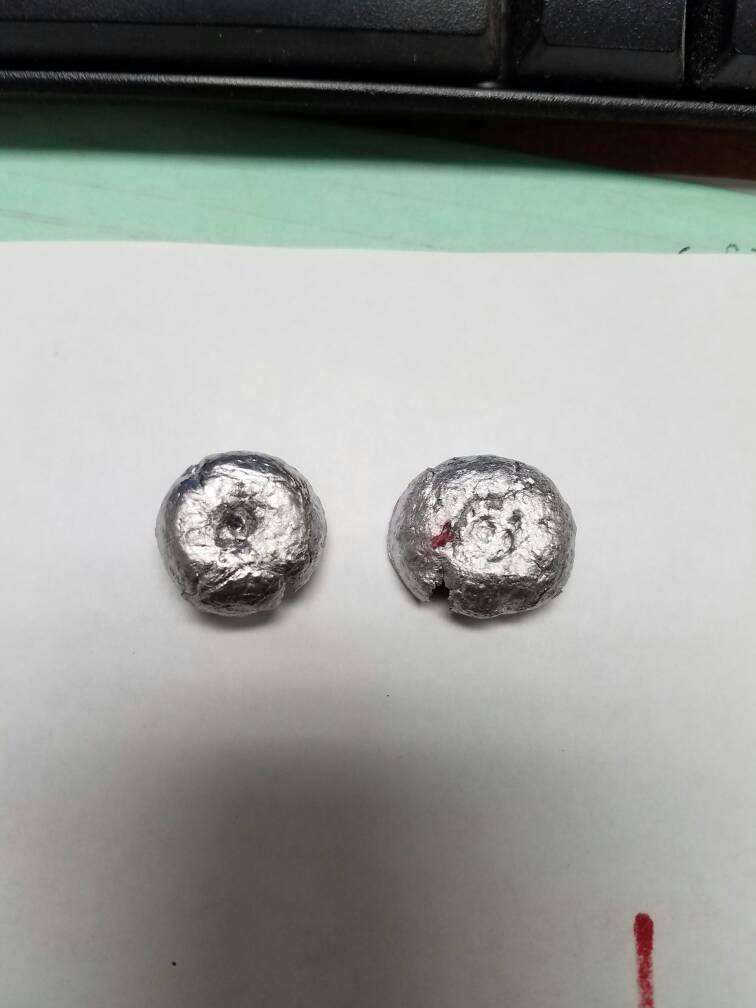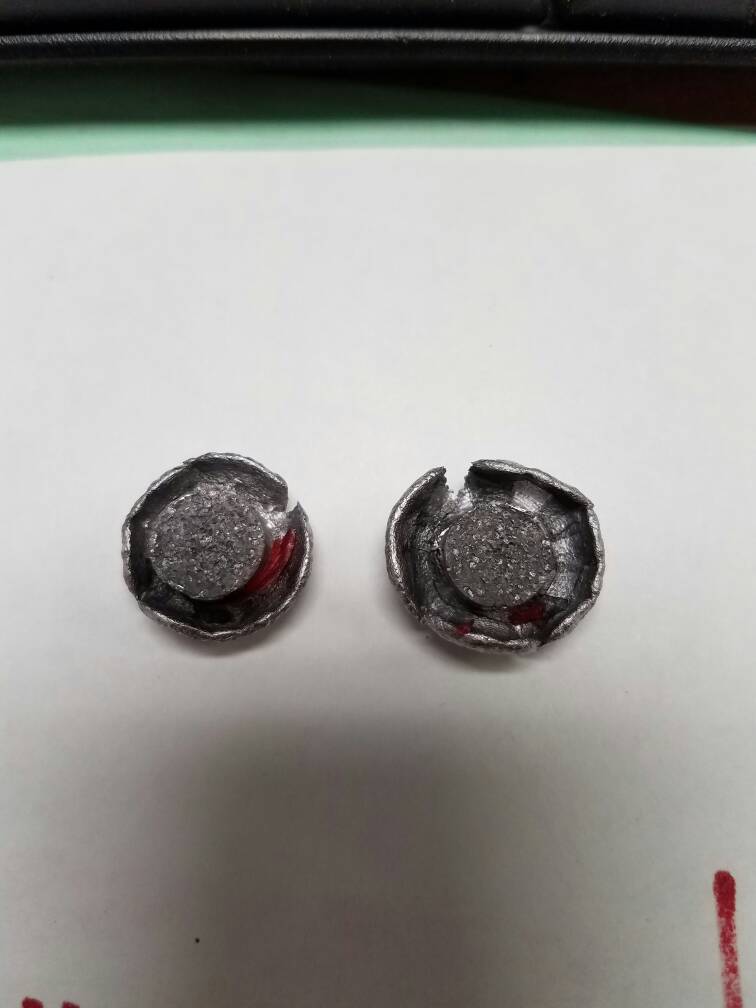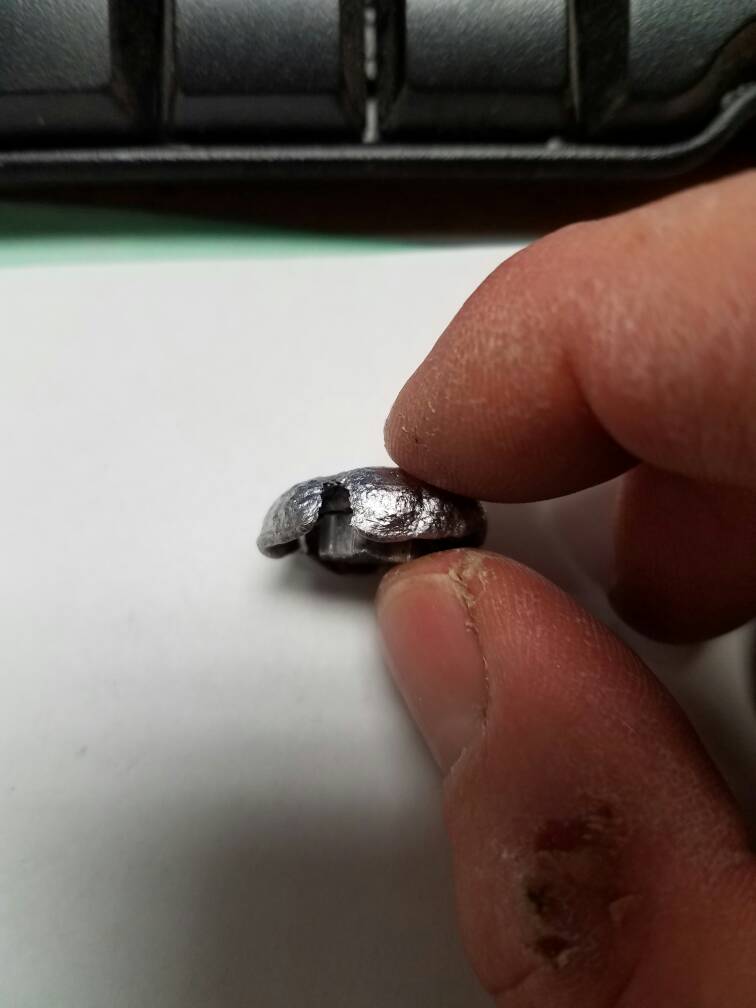USBP379
Member
- Joined
- Dec 27, 2005
- Messages
- 709
I haven't seen any 200g GD locally. I might order some and do another test in the spring. I was also interested in how those same rounds perform in a longer barrel. Gelatin is a pain to work with and that was a starting effort. Learned a lot.
Can I ask you about your barrier material? I have noticed that very few bullets in handgun calibers will expand properly after punching through four layers of denim. Many of these same bullets will expand nicely using the "FBI" protocol of cotton shirt materials followed by a layer of insulation and just one layer of denim.
Fabric samples as well as synthetic gel and melting materials are available from clearballistics.com





